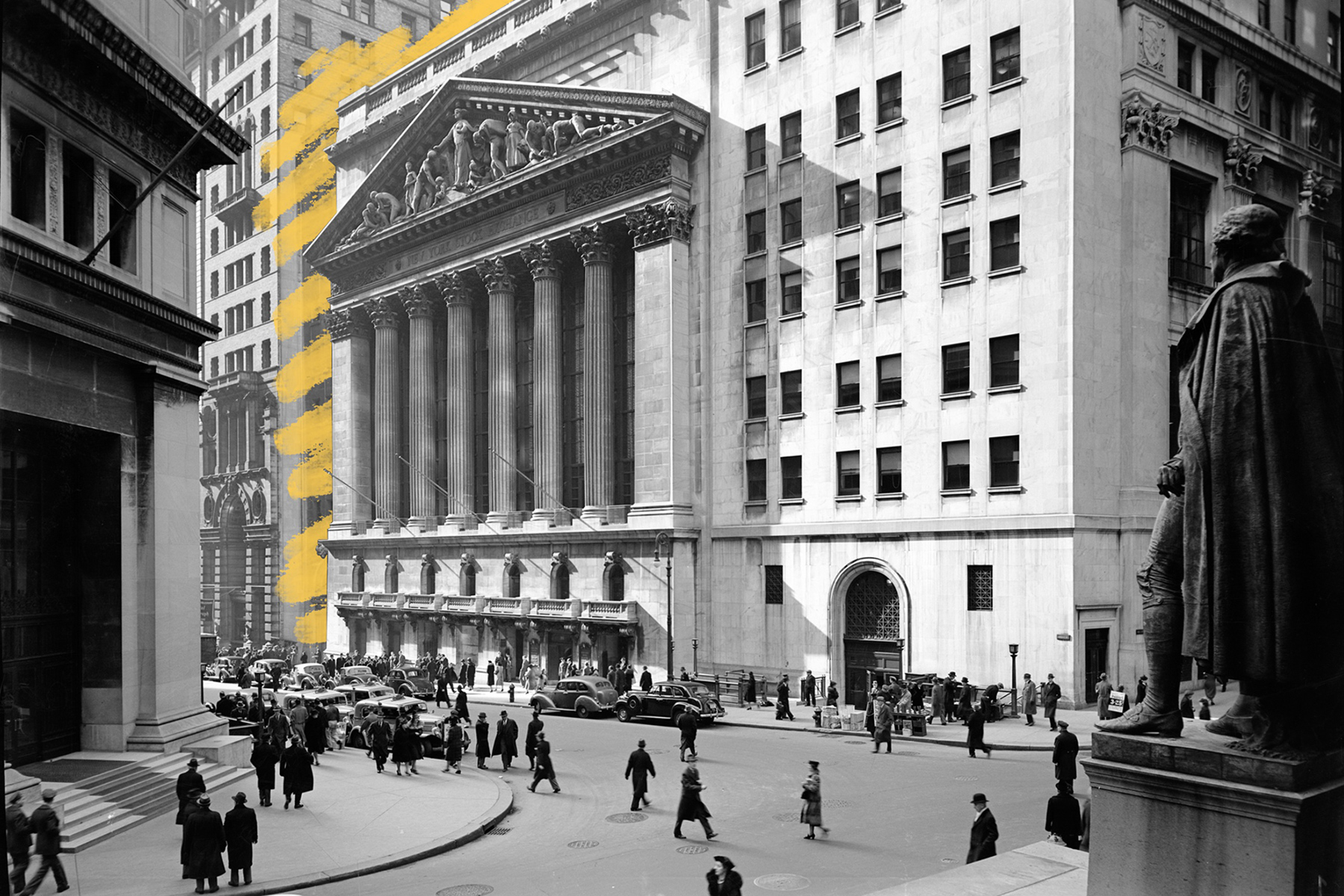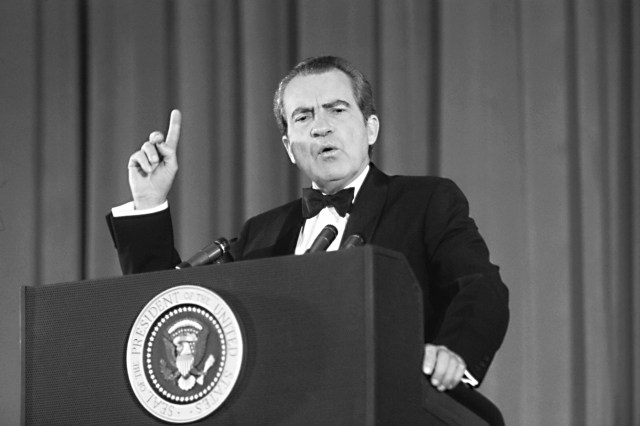Before 1903, the New York Stock Exchange used a Chinese gong.
In the 1870s, a new era emerged at the world’s largest stock market with the arrival of continuous trading. This resulted in a need for a daily signal to open and close the market. The chosen signal was loud and distinct so as to be heard by everyone on the trading floor: a Chinese gong. From the 1870s until 1903, the thunderous disk was ceremoniously struck with a padded hammer to signal the beginning and end of the trading day. However, this particular tradition soon came to an end. In 1903, the NYSE underwent a few major changes, including moving to its current location at 18 Broad Street and discontinuing the gong, which was replaced by an electrically operated brass bell. However, not all stock markets have modernized their bells — the Euronext Amsterdam stock exchange (the oldest exchange in the world) has opened and closed with a gong since the 17th century.
Today, the NYSE bells sound twice daily, once to open trading at 9:30 a.m. and once to close at 4:00 p.m. (Eastern time). Ringing these bells is a celebrated tradition, and celebrities, politicians, and business professionals are often invited to partake in the decades-old custom. In 1956, the first-ever guest bell ringer was 10-year-old Leonard Ross, who earned his spot by answering stock market trivia on a TV game show.















